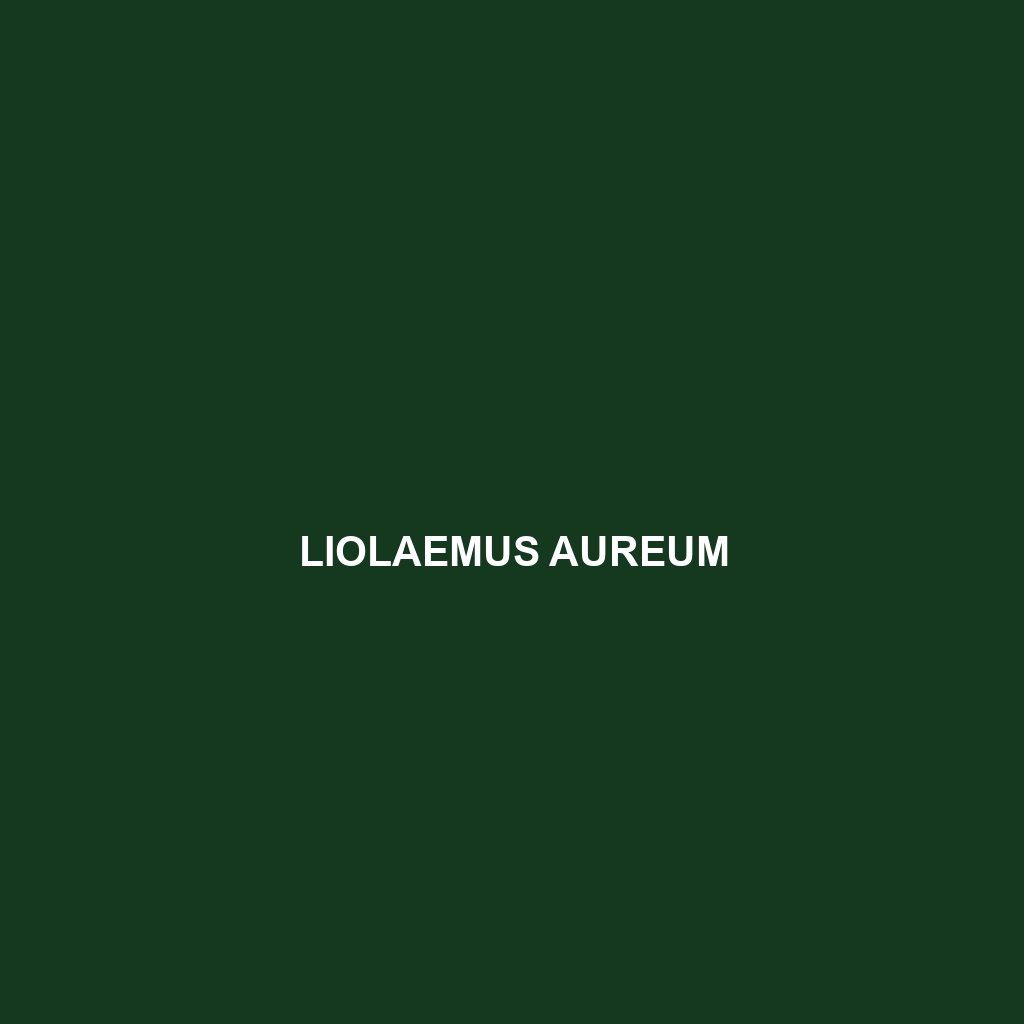Goode's horned lizard (<i>Phrynosoma goodei</i>) is a fascinating species native to the arid regions of Arizona and New Mexico, characterized by its distinctive horn-like head projections, flattened body, and unique defense mechanism of camouflage. This insectivorous lizard thrives in semi-desert habitats, playing a vital role in its ecosystem by helping control insect populations.
Tag: ecological significance of lizards
Oplurus fierinensis
The Oplurus fierinensis, native to Madagascar, is a slender lizard measuring 30 to 40 cm, known for its adaptive coloration and distinct diurnal behavior. A critical insectivore, this species plays an essential role in maintaining the ecosystem balance while facing vulnerability due to habitat loss.
Liolaemus aureum
Introducing the Liolaemus aureum, a striking medium-sized lizard known for its vibrant yellow coloration and adaptability to diverse South American habitats. As a diurnal insectivore, it plays a crucial role in controlling insect populations while showcasing fascinating behaviors during its seasonal breeding cycle.
Diploderma daochengense
Diploderma daochengense, also known as the Daocheng Lizard, a vibrant, insectivorous lizard native to the alpine regions of southwestern China. With a distinctive dorsal crest and a length of 15 to 20 cm, this species plays a crucial role in its ecosystem by controlling insect populations and serving as prey for larger animals.
Anolis barahonae
Discover the Anolis barahonae, a vibrant lizard from the tropical forests of the Dominican Republic, known for its striking green and brown coloration, arboreal habits, and insectivorous diet. This vulnerable species plays a crucial role in its ecosystem by regulating insect populations and serving as prey for larger animals.
Anolis aurifer
Discover the vibrant Anolis aurifer, a medium-sized lizard known for its iridescent golden coloration and exceptional climbing abilities. Native to the humid forests of Central America, particularly Costa Rica and Panama, this diurnal insectivore plays a crucial role in maintaining ecological balance by controlling insect populations.





